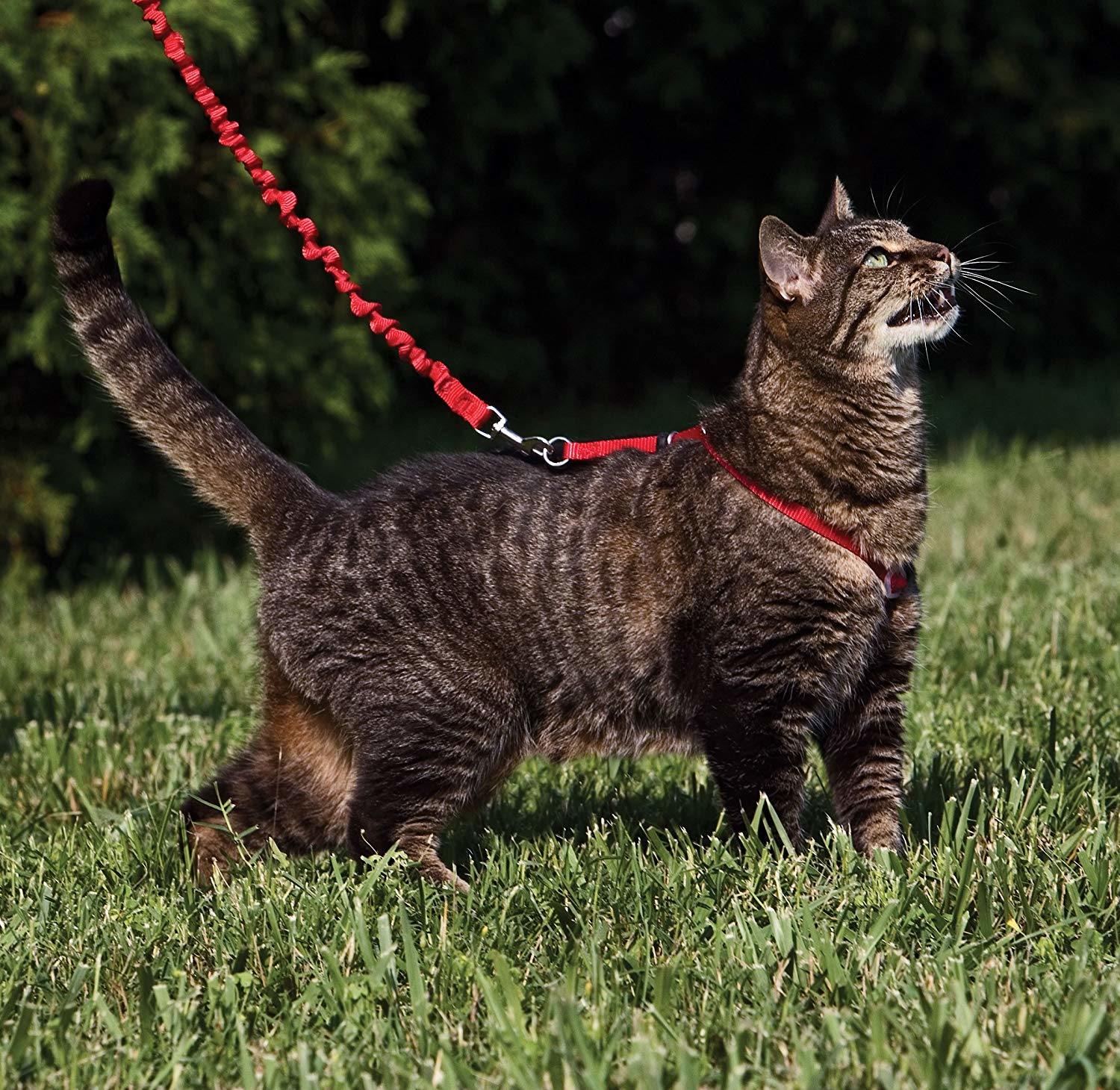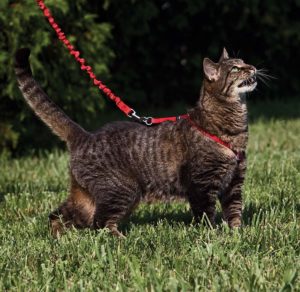Leashes Are Being Worn By Cats


Despite cats’ enormous popularity on the Internet, they haven’t received the same level of respect outside of the virtual world, notably among environmentalists.
The city of Aurora, Colorado, has a number of pet regulations, one of which forbids pit bulls and physically similar breeds. Furthermore, Aurora punishes owners for “cats at large,” implying that if a cat is not on the owner’s property, it may be apprehended and the owner fined. Both Aurora and Denver have mandatory spay/neuter regulations.
More Colorado communities are considering similar cat bans. Mary Harris, president of the Roaring Fork Audubon Society, is campaigning for legislation to protect native and migratory birds against domestic cats’ inclination to hunt tiny things.
Conservationists’ and cat supporters’ concerns are being addressed in cities around the nation. Some communities are experimenting with Trap Neuter Return programs, while others are passing laws to make feral cat colony caretakers criminals.
Conservation against predators is a difficult issue that is not restricted to the United States.
Australia’s response
In Australia, conservation is a serious problem. Australia has more species than any other contemporary nation, so it’s hardly surprising that the vast continent has also seen the greatest number of species extinctions.
Since the arrival of Europeans 200 years ago, the nation is thought to have lost 30 native animal species.
Cats and foxes are often blamed for the extinction of local species, and they have been the targets of many government-sponsored eradication efforts. This is a two-pronged technique for reducing free-roaming cats in cats.
“By 2020, I want to see 2 million feral cats culled, five new islands and ten new mainland’safe havens’ free of feral cats, and control measures implemented across 10 million hectares,” says Australian Environment Minister Greg Hunt, who recently made headlines for threatening to kill Johnny Depp’s two Yorkshire Terriers.
The installation of a statewide “24-hour cat curfew” on pet cats, which is currently in operation in several counties, is the second component of the all-out cat war.
Veterinarians’ concerns about confining cats
Because not all cats accept indoor confinement well, Michael Archinal, an Australian veterinarian from Canberra, is worried about a “one-size-fits-all policy.”
“Certain cats are pretty angry when they are confined; this may potentially develop behavioral abnormalities as well as some health concerns,” he continues in the Sydney Morning Herald.
I’ve seen cats with little space or a dynamic environment develop behavioral issues such as incorrect marking and fighting. I’m also aware that trying to establish such an environment is too expensive.
With those memories still vivid in my mind, I anticipate that universal cat confinement laws will result in an alarming number of Australians abandoning their cats to shelters. Many of these cats will be slain as well.
The cat culling strategy has aroused controversy
Gregory Andrews, the country’s first threatened-species Commissioner, has been charged by Hunt with supervising the cat reduction efforts. The bulk of the program’s funds will go toward eradicating the 2 million feral cats. This will be accomplished by baiting, shooting, or poisoning the pests.
Brigitte Bardot, a French actress and animal rights activist, has issued a statement claiming that the nation has been “sullied by the blood of millions of innocent animals,” and she requests that “cats not be added to this awful record.” According to Bardot, the only practicable way to limit the number of cats on a broad scale is to sterilize them.
“This animal apocalypse is horrifying and ludicrous.” “Killing these cats is not only wrong, but it’s also unnecessary since the rest of them will continue to procreate,” she stated.
Commissioner Andrews adds, “We don’t despise cats.” We can’t take the havoc they’re doing on our species any longer.”
Compassion and cooperation
For decades, cat lovers vs. bird enthusiasts, as well as worries about invasive vs. native species, have been a cause of controversy. However, in today’s environment, both animal advocates and conservationists are skeptical about lethal control tactics aimed at defending one species from another.
Feral cat sterilization initiatives are a humanitarian and effective technique to control feral cat populations. Cats, like other predators, have a place in nature. They put an end to animals that breed quickly, such as rodents and, yes, birds. Some scientists warn that eliminating cats would upset nature’s balance, harming birds who will have to compete for resources.
Despite their natural purpose, many cat experts advise keeping cats securely confined inside and outside cages. Indoor cats are not threatened by predators, parasites, cars, diseases, or other cats.
Instead of spending half of the expected $7 million budget on a 2-million-cat culling program, the Australian government should provide pet owners with choices to keep cats happy in their homes and out of shelters. If not, use the funds to universal sterilization of feral cats, which is the most merciful and long-term solution.
Cats may not be the demons that they have been portrayed to be, but there is no disputing that cats, like every other species on the planet, have an impact on nature. We are all interconnected and vulnerable to climate change and other environmental factors.
We hope that communities can work together to set aside old grievances and accept the validity of both environmentalists’ and domestic animal advocates’ concerns. Compassion and cooperation can show that we don’t have to choose between creatures.




















